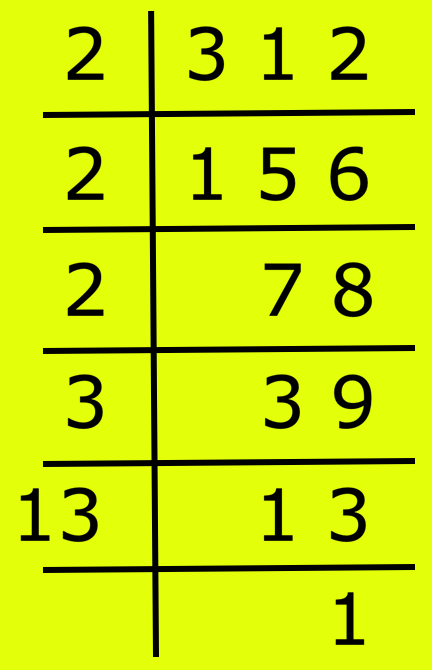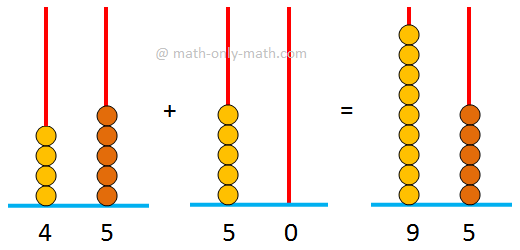Triangles with Equal Areas on the Same Base have Equal Corresponding Altitudes
Here we will prove that triangles with equal areas on the same base have equal corresponding altitudes (or are between the same parallels).
Given: PQR and SQR are two triangles on the same base QR, and ar(∆PQR) = ar(∆SQC). Also, PN and SM are their corresponding altitudes.
To prove: PN = SM (or PS ∥ QR).
Construction: Join PS.
Proof:
|
Statement |
Reason |
|
1. 12 × QR × PN = 12 × QR × SM. |
1. Are of a triangle = 12 × base × altitude, and ar(∆PQR) = ar(∆SQR). |
|
2. PN = SM. |
2. Cancelling 12 × QR from statement 1. |
|
3. PN ∥ SM. |
3. PN ⊥ QR and SM ⊥ QR. |
|
4. PNMS is a rectangle. |
4. PMNS is a parallelogram by statements 2 and 3, and two angles are right angles. |
|
5. PN = SM (or PS ∥ QR). (Proved) |
5. By statement 4, PNMS is a rectangle. |
Corollary: Parallelograms with equal area on the same base have equal corresponding altitudes (or are between the same parallels).
Here, ar(parallelogram PQRS) = ar(parallelogram PQMN)
Therefore, ar(∆PRQ) = ar(∆PNQ)
Therefore, RN ∥ PQ. But RS ∥ PQ, NM ∥ PQ.
Therefore, RN ∥ RS and RN ∥ NM
Having common point (R or N), all the lines are coincident.
Therefore, the parallelogram have equal altitudes.
From Triangles with Equal Areas on the Same Base have Equal Corresponding Altitudes to HOME PAGE
Didn't find what you were looking for? Or want to know more information about Math Only Math. Use this Google Search to find what you need.
Recent Articles
-
5th Grade Factors and Multiples | Definitions | Solved Examples | Math
Mar 23, 25 02:39 PM
Here we will discuss how factors and multiples are related to each other in math. A factor of a number is a divisor which divides the dividend exactly. A factor of a number which is a prime number is… -
Adding 2-Digit Numbers | Add Two Two-Digit Numbers without Carrying
Mar 23, 25 12:43 PM
Here we will learn adding 2-digit numbers without regrouping and start working with easy numbers to get acquainted with the addition of two numbers. -
Worksheet on 12 Times Table | Printable Multiplication Table | Video
Mar 23, 25 10:28 AM
Worksheet on 12 times table can be printed out. Homeschoolers can also use these multiplication table sheets to practice at home. -
Vertical Subtraction | Examples | Word Problems| Video |Column Method
Mar 22, 25 05:20 PM
Vertical subtraction of 1-digit number are done by arranging the numbers column wise i.e., one number under the other number. How to subtract 1-digit number vertically? -
Worksheet on 11 Times Table | Printable Multiplication Table | Video
Mar 22, 25 05:08 PM
Worksheet on 11 times table can be printed out. Homeschoolers can also use these multiplication table sheets to practice at home.






New! Comments
Have your say about what you just read! Leave me a comment in the box below. Ask a Question or Answer a Question.